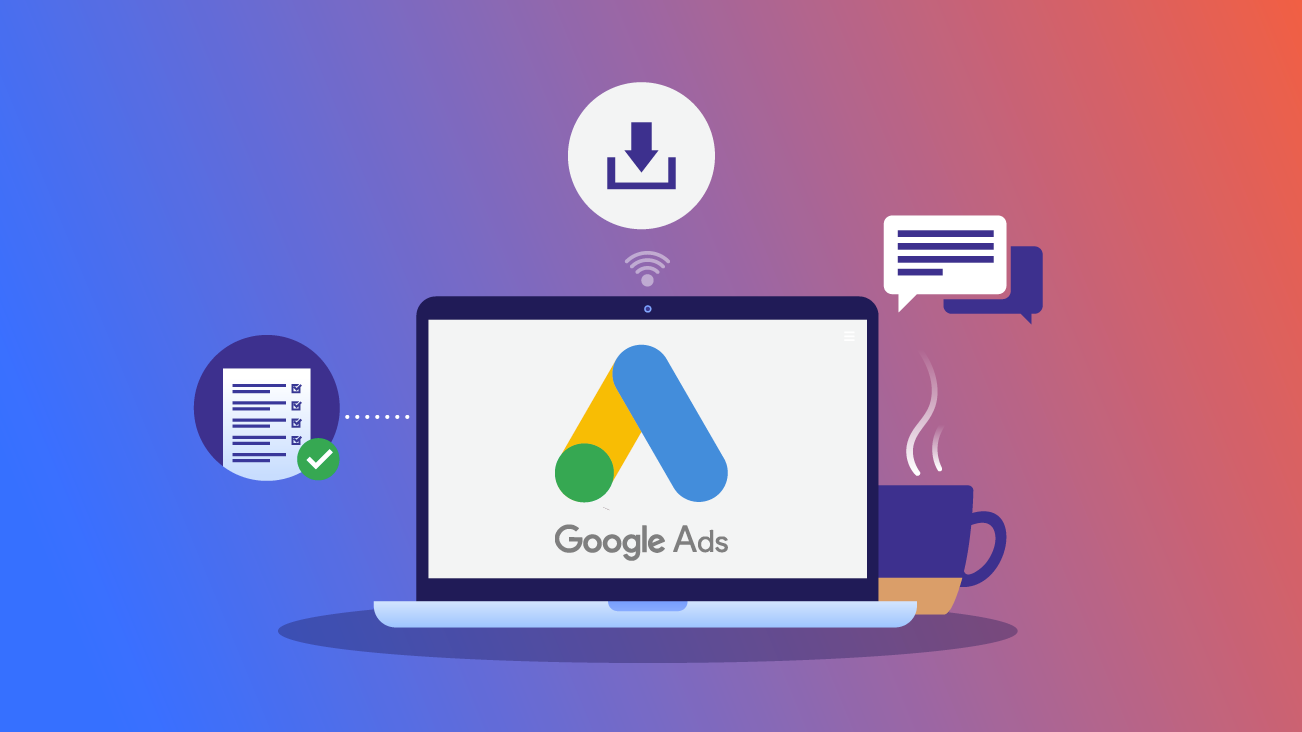At the beginning of this month, a new player joined the group of campaigns that we can run in the Google Ads system – the Performance Max campaign. According to Google, beta tests of this type of ads were a great success, so today all advertisers in the world can use the news in their panel. But what exactly is Performance Max and is it worth using? Here is a handful of the most important information about the latest news in Google Ads.
Performance Max – what is it?
Performance Max is a new type of Google Ads campaign that is based on the operation of self-learning algorithms. This is not a complete novelty in the Google Ads environment. Users of this system are familiar with other types of campaigns in which ads are optimized automatically, and the tool itself adjusts bids or mixes uploaded advertising elements, such as banners, texts and logos, to find the most effective combinations. We know this model of operation from such formats as intelligent product campaigns or flexible advertising in the search network. Performance Max, however, goes a step further – it ensures optimization of ads in many channels within one campaign. Designed to complement your keyword search campaign, this new feature gives you access to all of your Google inventory from one place.
What does this mean in practice? Using Performance Max, we create one campaign and use it to display ads in all places provided by Google Ads, i.e. the search network, advertising network, YouTube, Gmail, Google Maps or Discover cards. The selection of the best resources for our advertising is done automatically in real time, based on the data collected 24/7 by the algorithm.
How does the Performance Max campaign work?
Peformance Max campaigns are based on marketing goals, which we define in the first steps of creating advertisements. So we can determine at the very beginning whether the goal of the campaign is, for example, target cost-per-action (CPA) or we prefer to focus on target ROAS. The wizard will also ask you to add the appropriate materials and define basic settings. At this stage, you should provide the preferred duration of the campaign (minimum 4 weeks) and specify the budget, geographic coverage of the ads and the group of recipients. In addition, we also need to provide the system with:
– headers and descriptions for text and display ads,
– graphics for Discover and Display ads and on YouTube,
– company logo,
– video for YouTube InStream ads,
– product feed from Google Merchant Center.
When we launch a Performance Max campaign, the system takes into account the data from all advertising inventory, analyzes user behavior at a specific moment and on this basis optimizes bids and buys spots for our company’s ads. It works in real time, so it gives us the best results in all channels at any given time.
Audience Signals – a new method of selecting the target group
With the entry of Performance Max, a new method of searching for the most valuable recipients for given advertising creations has also appeared – Audience Signals. This method of determining the target group is a combination of Google’s automatic targeting with our knowledge of the brand’s customers. As part of Audience Signals, we can identify the group that is the most important for our business and, in our opinion, gives the best chance for conversion. The system may, however, extend the reach beyond this specific group if it foresees that this may increase the profits of the campaign. This solution is to shorten the learning time of the algorithms, and thus improve the campaign results.
Performance Max and other types of campaigns
But why did Performance Max appear at all, when it was possible to run all these formats as part of separate campaigns? This is Google Ads’ response to the constant changes in customer behavior and shopping paths. Today, 70% of consumers buy online more than in the pre-pandemic era. At the same time, however, their path to conversion is changing faster and faster and it is difficult to predict on an ongoing basis what it will look like in the future. In addition, the conversion path often becomes significantly longer – Google reports that in some cases it reaches up to 500 points of contact between the user and the ads before the conversion takes place. In such a changing reality, only a well-developed algorithm that learns consumer behavior can help in data analysis and campaign optimization. If, within one campaign, he can analyze the effectiveness of all channels in which the ads are displayed, he has enough data to better predict what rates, places of emission, etc. will be the best choice at the moment.
Will it be so in reality? Time will tell. Currently, this format is still little used and some river water has to pass before something can be said about the novelty of Google. Certainly, this type of campaign has potential for companies that have a large advertising budget and run many different formats at the same time. Currently, we can read on the Google website that the beta tests for Performance Max have turned out promising, and advertisers who use this campaign are seeing an average increase in the number of conversions of 13% with a similar budget as in the case of separate campaigns for each format. That is why Performance Max is a novelty that is worth keeping an eye on and which in the future may well settle among the most popular solutions for companies with large budgets.
